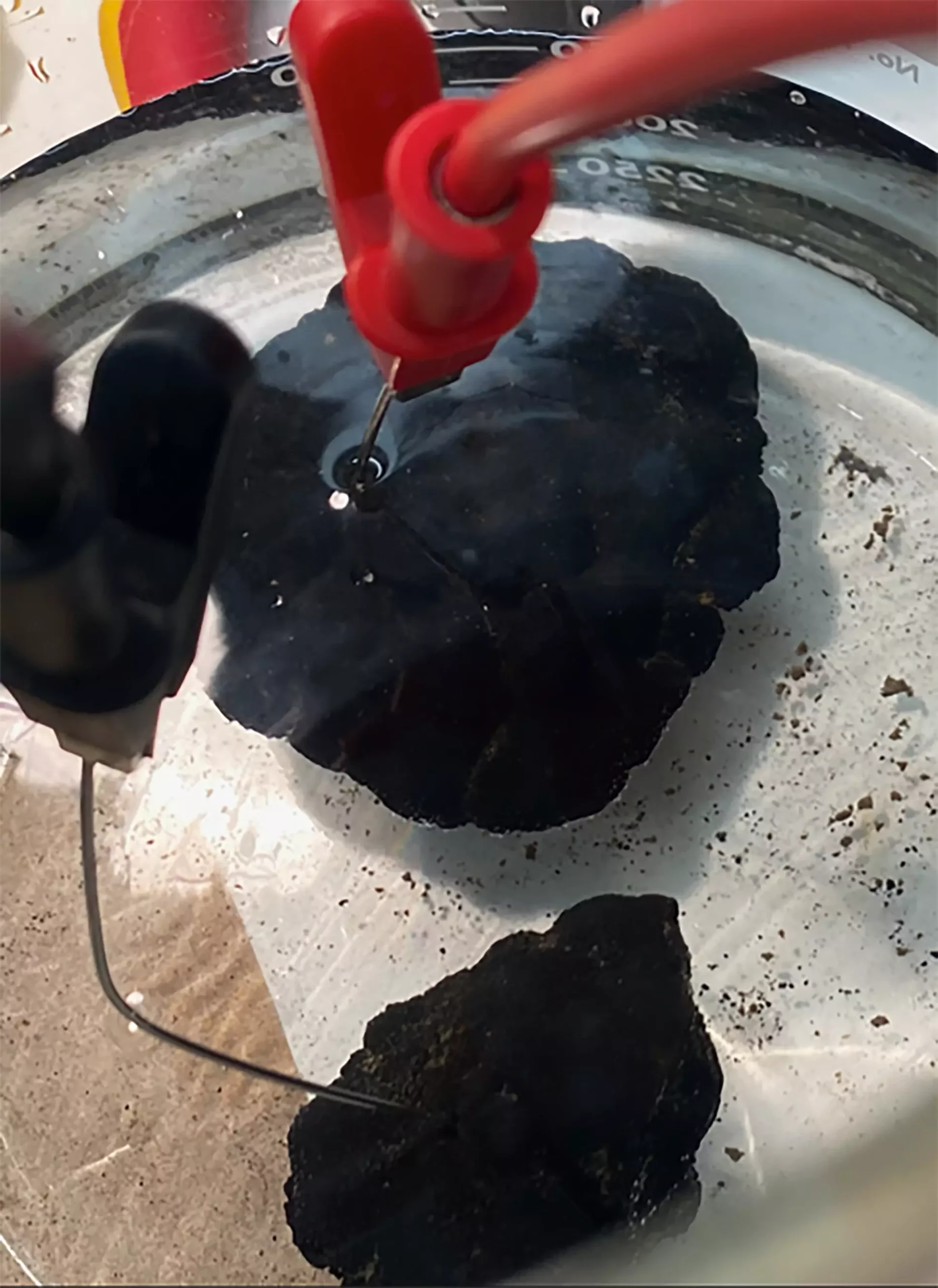The recent discovery made by an international team of researchers, including a chemist from Northwestern University, has unveiled a groundbreaking revelation – metallic minerals found on the deep-ocean floor are responsible for the production of oxygen, even 13,000 feet below the surface. This remarkable discovery challenges the long-standing belief that oxygen is solely generated by photosynthetic organisms like plants and algae. The study, titled “Evidence of dark oxygen production at the abysmal seafloor,” was published in the journal Nature Geoscience on July 22, highlighting the significant implications of this finding.
The Origin of Dark Oxygen
Lead researcher Andrew Sweetman, from the Scottish Association for Marine Science, stumbled upon the concept of “dark oxygen” while conducting fieldwork in the Pacific Ocean. The discovery raises questions about the origins of aerobic life on Earth and challenges the traditional narrative that oxygen production began with photosynthetic organisms. The presence of oxygen in the deep-sea, where light cannot penetrate, provides a new perspective on the evolution of life on our planet.
At the core of this discovery are polymetallic nodules, natural mineral deposits that accumulate on the ocean floor, containing a mix of essential minerals like cobalt, nickel, copper, lithium, and manganese. These nodules, crucial for the production of oxygen, also serve as a potential source of valuable metals used in batteries. As mining companies target these deep-sea mineral deposits, there is a growing concern about the impact on oxygen production and the delicate ecosystem in the ocean’s depths.
Northwestern University’s Franz Geiger, who led the electrochemistry experiments, proposed a fascinating hypothesis behind the oxygen production at the deep-ocean floor. The concept of a natural ‘geobattery’ emerged, as the researchers observed that polymetallic nodules could generate sufficient electricity to split seawater and produce oxygen. This seawater electrolysis process, driven by the interaction of metals with saltwater, sheds light on the mechanisms behind dark oxygen production.
While the discovery of dark oxygen production opens up new avenues for scientific exploration, it also poses challenges for the mining industry. As companies eye the extraction of precious metals from the deep-ocean floor, there is a pressing need to reconsider the impact on oxygen levels and marine life. Geiger warns against the depletion of oxygen sources through mining activities, drawing attention to the long-term consequences of disrupting the delicate balance in the deep-sea ecosystem.
The revelation of dark oxygen production in the deep-ocean floor marks a significant milestone in our understanding of Earth’s oxygen cycle. This discovery not only reshapes our knowledge of aerobic life but also underscores the interconnected nature of geological processes and biological evolution. Moving forward, further research and responsible practices in deep-sea mining are essential to preserve the fragile balance of oxygen production in the depths of our oceans.


Leave a Reply